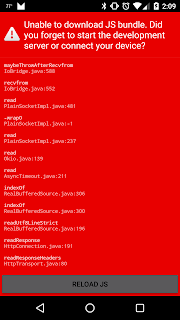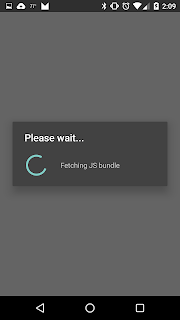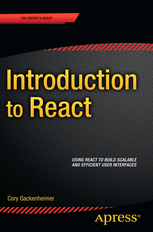If I were to alter the content of my book Node.js Recipes I would add more great examples of web frameworks. I’ve recently targeted several which I would love to use in upcoming projects. The first one I want to talk about is Hapi.
Hapi is a Node.js web framework that was developed by WalmartLabs/Spumko.
First you need to create a package.json file - npm init can help with this if you do not wish to configure your own.
$> npm init
you will then be walked through the process to generate your package.json file.
{
"name": "myHapiApp",
"version": "0.0.0",
"description": "Hapi",
"main": "index.js",
"scripts": {
"test": ""
},
"author": "Cory Gackenheimer <c@cgack.com>",
"license": "MIT"
}
Is this ok? (yes)
next you’ll need it get Hapi this is done with the command:
npm install hapi
Now you have hapi in your node_modules directory. You now need to create your server.
var Hapi = require('hapi');
var server = Hapi.createServer('localhost', 8080);
server.start();
If you are to start this server node . or node index.js and navigate to http://localhost:8080 at this point you would get {"statusCode":404,"error":"Not Found"} because you have not set up any routing in your server. To add routes you need to use the server.route method. Here I’ll add a route we could use to simulate an API GET request, and the we’ll also see serving files from a static directory.
var Hapi = require('hapi');
var server = Hapi.createServer('localhost', 8080);
server.route({
method: 'GET',
path: '/api/{path*}',
handler: function(request, reply) {
reply('API request ' + request.url.path);
}
});
server.route({
method: 'GET',
path: '/{path*}',
handler: {
directory: {
path: './static',
index: true
}
}
});
server.start();
Now if you navigate to http://localhost:8080/api/foo you will get a response with that path. If you instead try to hit a static page, i.e. http://localhsot:8080/ -> ./static/index.html you have set up in your local ./static directory you will get that file returned to your web browser .
That is the quick getting started for Hapi if you want to use it to build a web server. I have enjoyed using it and the freedom it allows me to build my applications. I look forward to utilizing it more in future projects.



